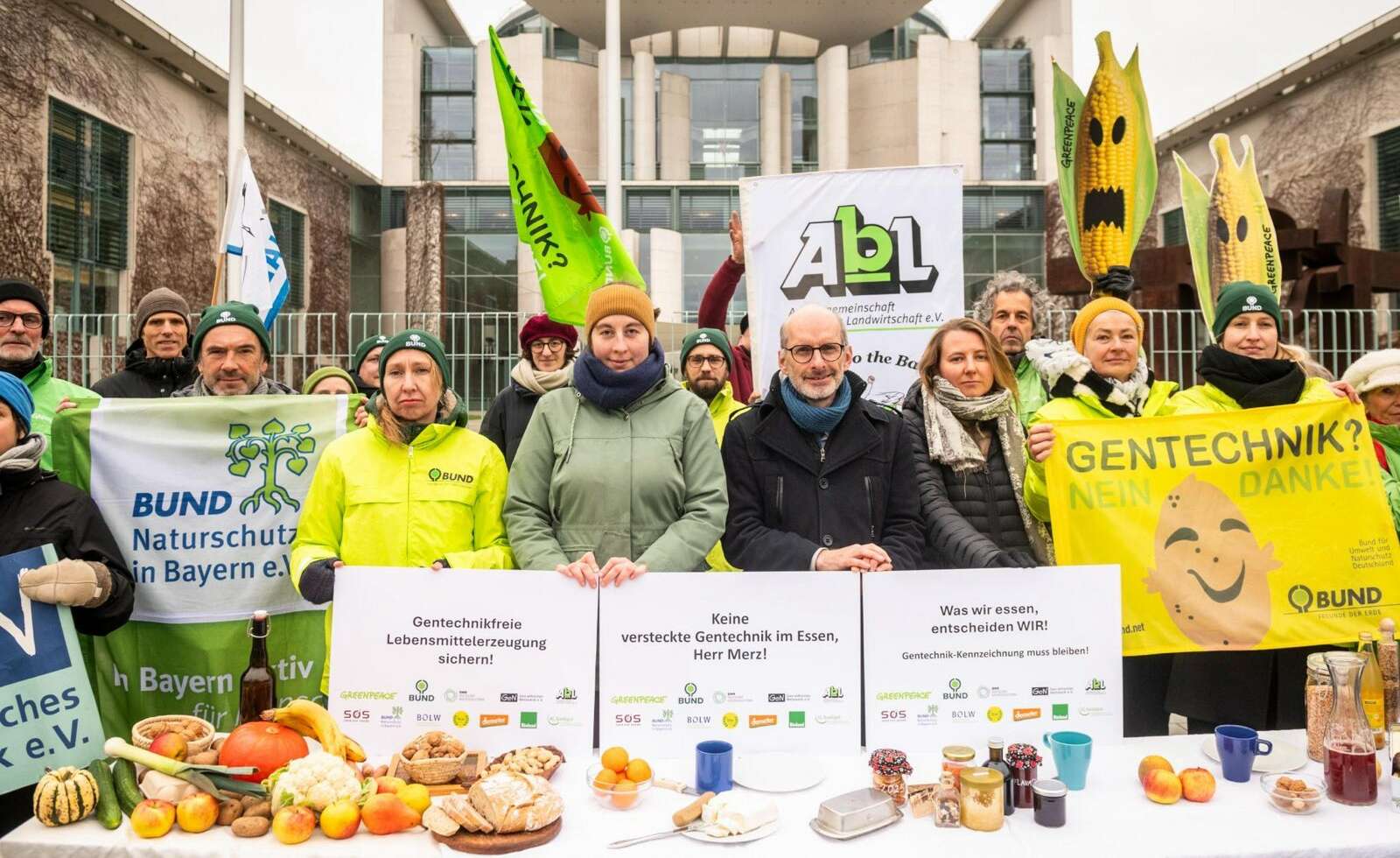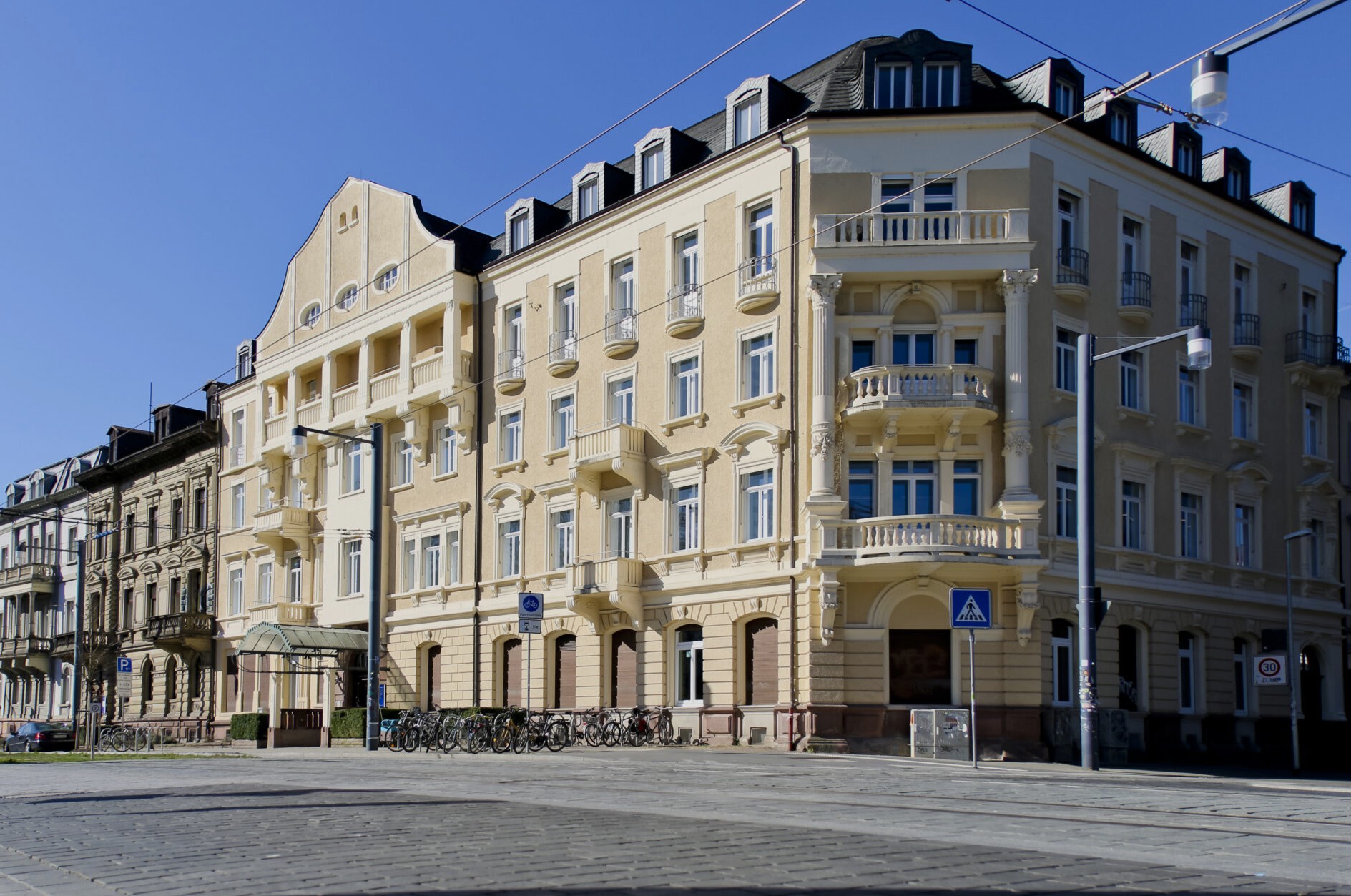Berlin, 2 December 2025 — An alliance of environmental and farming organisations protested today outside the Federal Chancellery against plans to deregulate genetically modified plants created with new genetic modification (GM) techniques. The groups urged the German government to reject any deal emerging from tomorrow’s EU trilogue negotiations unless essential safeguards are included.








